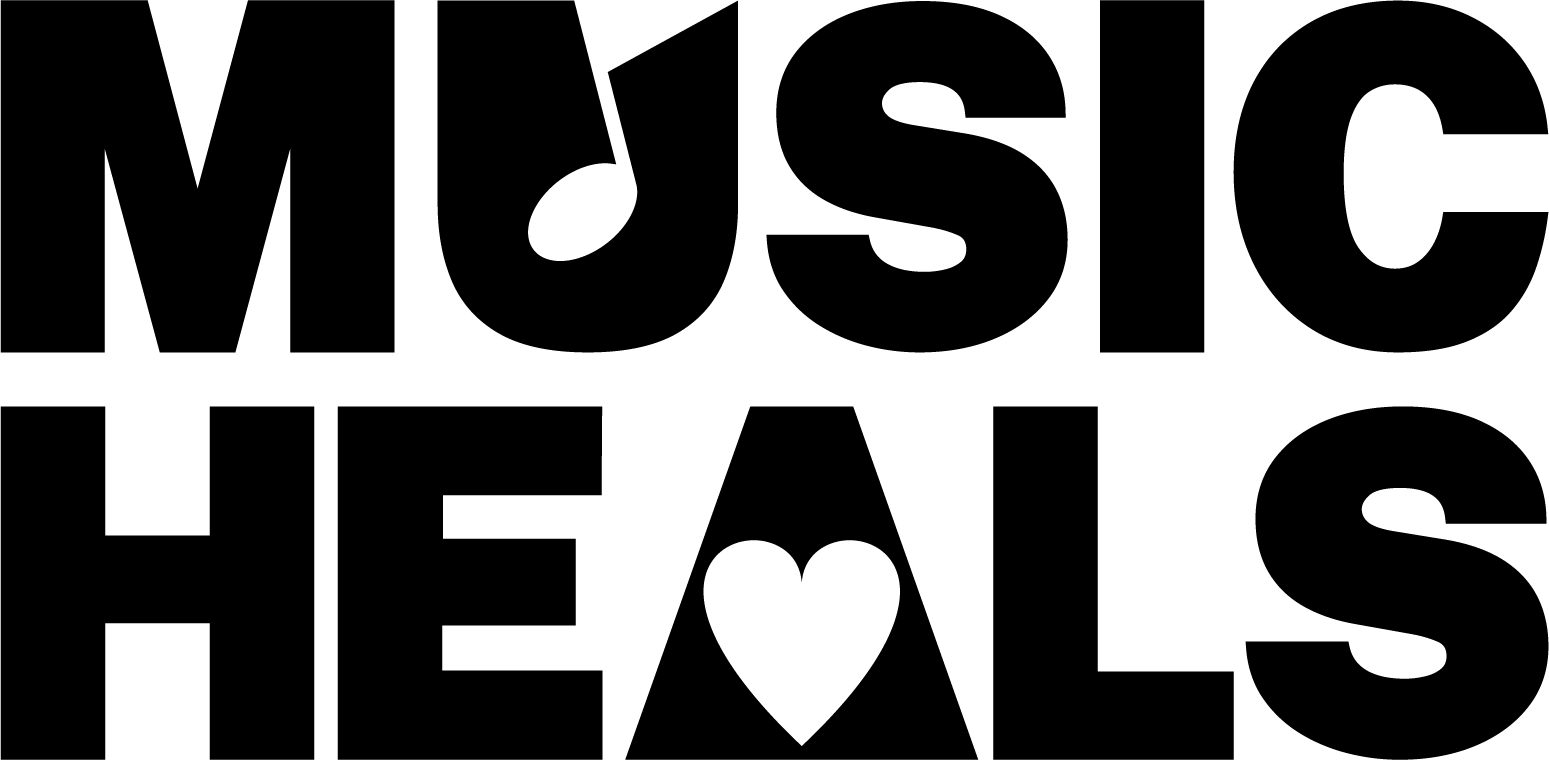Quiet Voices and Calm Bodies: Music and Relaxation Techniques for Children with Autism
December 16, 2013

Monday, Dec 16, 2013
Written by Kerry Cornelius, BM, Music Therapy Intern
Kerry Cornelius is currently a music therapy intern working with children and adolescents with Autism Spectrum Disorders in Baltimore, MD. She holds a BM in Voice Performance from Towson University and is completing the Professional Studies Program for Music Therapy Certification Eligibility at Shenandoah University. Kerry has worked professionally as a classical singer, voice teacher and preschool music teacher. The creativity and enthusiasm that Kerry exudes through her online (and offline, I’m sure) presence is beautifully infectious. We highly recommend you check out Kerry’s blog at: www.songsforsuccessmt.com for more music therapy resources, free downloads and activity ideas!
___________________________________
Whether you’re a therapist, teacher or parent, I have a feeling that you’ve experienced a day when your clients, students or children are bouncing off the walls at least once in your career. For those working with children with Autism Spectrum Disorders, this may be a more frequent occurrence. I know I’ve had sessions during which my clients shake, dance and drum their wiggles out many different ways without ever showing signs of calming! I’ve found that sometimes what my clients really need is the opportunity to learn about and practice what it means to relax through therapist modeling, listening and tangible visual aids.
I’ve learned to think of music and relaxation for children with ASD as a highly concrete, experiential and organized process. I tend to use music and relaxation with this population in two different ways:
- Entraining (matching or synchronizing) with a rhythmic beat
- Introducing a sensory instrument experience
1. Rhythm and Relaxation
Pairing a strong rhythmic beat with concrete visual aids may provide clients with ASD the tools necessary to work on self-regulating independently. When using this technique, I prefer recorded instrumental or live music (I usually use the guitar or a percussion instrument) that has a strong rhythmic beat between 60-90 beats per minute. Though traditional relaxation and meditation music may be highly successful for many populations, it may lack the sense of direction and concrete rhythmic organization that can be so helpful for clients with ASD.
Relaxation doesn’t always have to mean sitting still; in fact, I frequently lead my groups in quiet knee patting, marching or scarf waving to help them internalize the pulse and get those wiggles out. Once everyone is moving together and feeling the beat, you might begin to notice the room growing quieter as your students focus on you and the beat. Be on the look out for signs of relaxation and self-regulation demonstrated by your clients, which will vary based on individual needs and goals. While I might expect some clients to fully engage in all therapist-directed movements and breathing, other clients might just be working on increasing visual attention and in-seat behavior. The great thing about structured relaxation is that it can be easily adapted for a range of functioning levels and ages.
2. Instrument Experiences and Relaxation
Another highly successful music and relaxation technique that has been highly successful for my clients is introducing a sensory instrument. I like to put on some recorded music that features one instrument (either guitar or piano) or ambient sounds (rainfall, wind, ocean waves) and select one instrument to use for the exercise. Feel free to let client instrument preference guide your selection! To implement this activity, I walk around to each client and give them the opportunity to quietly play the instrument with me.

Some Suggested Instruments and Uses:
- Cabasa: Ask clients to hold out their hands and slowly roll the cabasa over their hands and arms.
- Guiro: Introduce as a bird or insect sound and pair with a visual of the animal.
- Stir Xylophone: Introduce as raindrops or water droplets and model lightly tapping the xylophone with a mallet.
- Thunder Tube and Rain Stick: Pair with a recording of ambient rain sounds.
Tips for Parents: DO try this at home!
- If your child is responsive to sensory materials, look into purchasing an instrument to use at home when needed! The instruments suggested above are easily found on websites such as Amazon, West Music and Musician’s Friend and cost anywhere from$9 to $40 dollars each.
- Don’t be afraid to try out some of these rhythmic techniques! Play or sing a preferred song and encourage your child to clap their hands or pat their knees quietly along with the beat. If your child needs to move, march around the room to the beat.
- Engage your child in some gentle stretching (reaching up, touching toes, hugging self) while listening to calming music.
More Helpful Hints:
- Prompting is key. I often introduce a relaxation exercise by saying, “When we are relaxing, our voices are quiet and our bodies are calm.” This can even be used as a mantra throughout the relaxation when spoken along with the pulse. Sometimes, clients may need a reminder of what relaxation looks and feels like.
- Use visual aids. I try to select an image to pair with our relaxation that can either be projected on the board or that I can take to each student individually to set the mood.
- Keep relaxation materials on hand at all times! You never know when you might need to pull it out during a session.
Written by Kerry Cornelius, BM, Music Therapy Intern
For more music therapy resources, free downloads and activity ideas, check out Kerry’s blog at: www.songsforsuccessmt.com
Disclaimer: This post is used with permission from the author and does not necessarily represent the views of Music Heals Canada. All content provided on this blog is for informational purposes only. Music Heals Canada makes no representations as to the accuracy or completeness of any information on this site or found by following any link on this site. The owner will not be liable for any errors or omissions in this information nor for any losses, injuries, or damages from the display or use of this information. These terms and conditions of use are subject to change at anytime and without notice.
Are you a music therapist, music therapy intern, or a professional in a field related to Music Therapy that has something to share on the Music Heals blog?
Submissions should include to links to your website and any social media channels you would like included in the article.
Submissions may be edited for length and photos for publication will require a waiver, which will be provided.Submissions should be sent to Alexina Davis: blog@musicheals.ca




